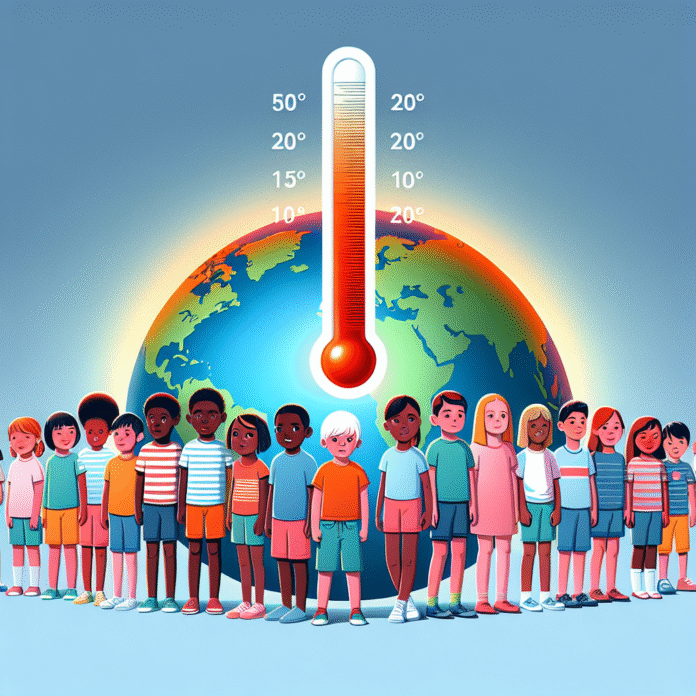Majority of Young Children Face Extreme Heat Risks in Their Future
83 Percent of 5-Year-Olds Will Face ‘Unprecedented’ Extreme Heat in Their Lifetime
A staggering 83 percent of children who are currently five years old are projected to experience extreme heat conditions that are considered ‘unprecedented’ within their lifetimes. This alarming trend has raised significant concerns among climate scientists and public health officials alike.
Extreme heat events, characterized by soaring temperatures that exceed historical averages, have become increasingly common due to climate change. These conditions pose serious risks to health, especially for vulnerable populations such as young children, the elderly, and those with pre-existing health conditions.
The Impacts of Extreme Heat on Health
Exposure to extreme heat can lead to a variety of health issues, including heat exhaustion, heat stroke, and exacerbation of chronic illnesses. Children are particularly susceptible to these dangers because their bodies are still developing and they may not recognize the symptoms of heat-related illnesses. As temperatures rise, the likelihood of heatwaves and prolonged periods of extreme weather is expected to increase, further endangering public health.
Climate Change and Its Role
The scientific consensus is clear: climate change, driven largely by human activities such as fossil fuel combustion and deforestation, is a primary factor contributing to these rising temperatures. As greenhouse gas emissions continue to accumulate in the atmosphere, the frequency and intensity of extreme weather events, including heatwaves, are projected to escalate.
Protective Measures and Adaptation Strategies
To mitigate the risks posed by extreme heat, communities and governments are urged to implement adaptive strategies. These may include creating more green spaces, improving urban infrastructure to enhance heat resilience, and increasing public awareness about the dangers of excessive heat.
Additionally, local health agencies can play a critical role in educating families about heat safety, including the importance of hydration, recognizing signs of heat-related illness, and creating cooling centers for those without access to air conditioning.
The Importance of Collective Action
Addressing the issue of extreme heat and its impact on future generations requires collective action. Individuals, communities, and governments must work together to reduce greenhouse gas emissions and implement policies that promote environmental sustainability. Investing in renewable energy sources, enhancing energy efficiency, and supporting climate-resilient infrastructure are vital steps that can help protect the health and well-being of future generations.
In conclusion, the projection that 83 percent of today’s 5-year-olds will face unprecedented extreme heat in their lifetimes underscores the urgent need for decisive action in the fight against climate change. By prioritizing environmental health and safety, we can create a more sustainable future for our children and the planet.


